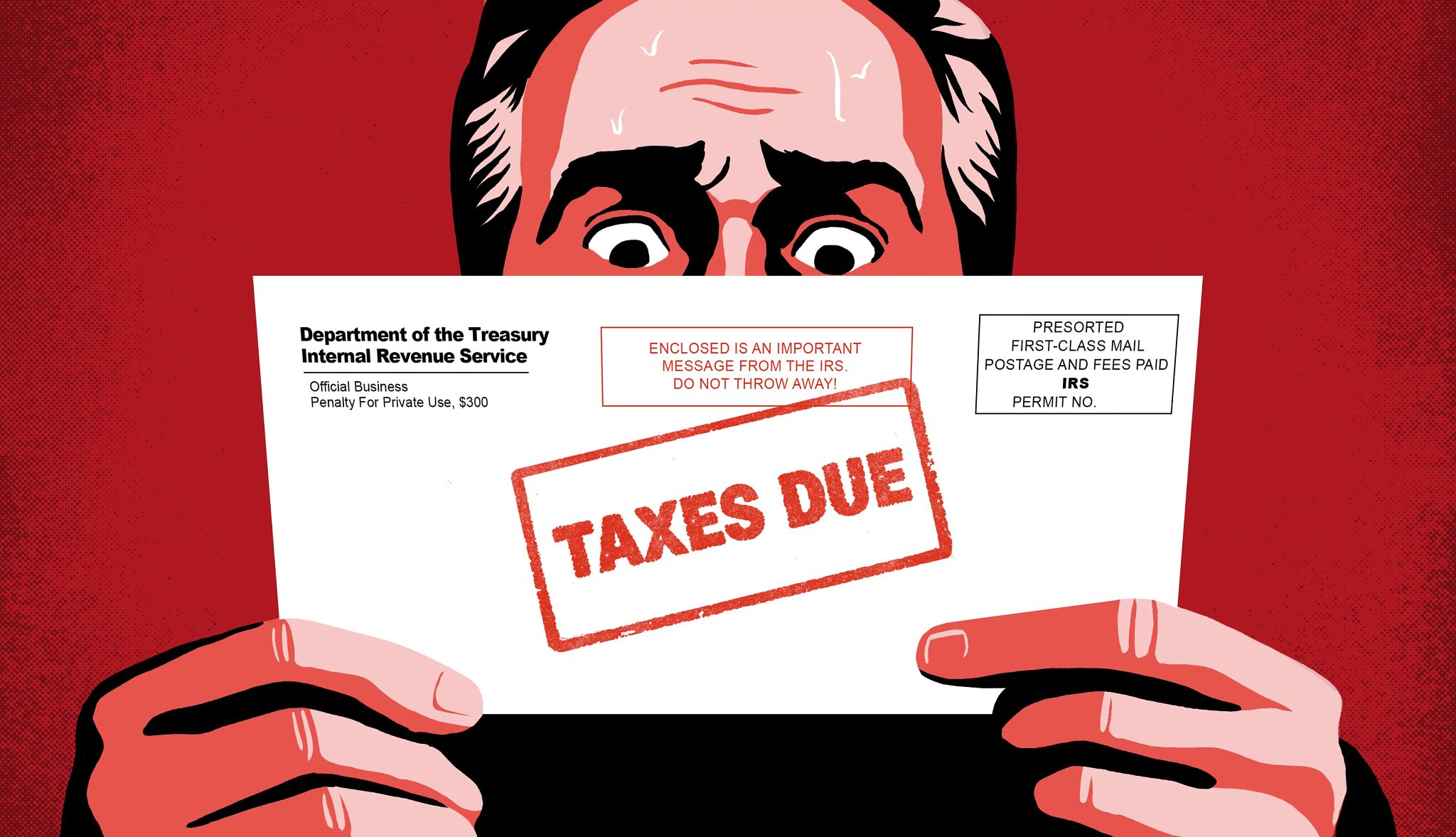AARP Hearing Center


You just completed your federal income tax return and — surprise! — you owe the IRS a lot of money. And to make things worse, you don’t have enough cash on hand to pay the bill. What are you going to do?
First, take a deep breath…and then start focusing on a solution. Following one or more of the recommendations below could reduce your tax debt, help you pay off what you owe and prevent an unexpected tax bill in the future.
1. Check your return for errors
If you’re filing a paper return, check your math. One small mistake can have a ripple effect and result in an inaccurate tax bill.
If you’re doing your taxes with software, make sure you didn’t type in the wrong information from your W-2 form or other tax notices. You’d be surprised how much you can owe because of a single wrong digit. (The IRS will generally kick back a return with wrong information on the W-2, but you may have to wait a while until it does.)
If you hired a tax professional to help you file your return, ask them to explain why the bill is so high. Tax preparers are not required to pay the extra tax, even if they made a mistake. However, the IRS may waive accuracy-related penalties if you reasonably relied on the advice of a tax professional.
2. Look for additional tax breaks
Maybe you don’t really owe as much as you think. If you missed any tax deductions or credits you’re qualified for, your tax bill will be inflated.
So, when you’re going over your numbers and checking for errors, keep an eye out for overlooked tax breaks, too. And don’t just look at your Form 1040 and related tax forms. Scan through the instructions for those forms as well, including for Schedule 1 (adjustments to income), Schedule 3 (credits and payments), Schedule A (itemized deductions), Schedule C (business expenses) and Schedule D (capital losses). Sometimes there’s information in the instructions about tax breaks that aren’t listed on the form itself.
Also, if you claimed the standard deduction, make sure it’s higher than the itemized deductions you’re entitled to claim (and vice versa). You can’t claim both the standard and itemized deductions on the same tax return, but you can pick which saves you the most money.
3. File your return by the deadline
If you’ve determined that there are no mistakes or overlooked tax breaks, make sure you file your tax return on time and pay what you can, even if you can’t pay the full amount. That way, at least you’ll avoid some IRS penalties.
The IRS charges two separate penalties for filing or paying late. The first is a charge for missing the deadline, which is April 15 this year (although people in disaster areas may get additional time to file). The penalty for late filing is generally 5 percent of the amount due each month (up to 25 percent of your unpaid taxes), and it’s the larger of the two penalties. The standard penalty for failure to pay is 0.5 percent per month and maxes out at 25 percent. (When both penalties are levied in the same month, the total penalty is 5 percent a month: 4.5 percent for failure to file and 0.5 percent for failure to pay.)
You may also be charged interest on unpaid taxes, at a rate the IRS determines quarterly. The rate for the first three months of 2025 is 7 percent.


































































More From AARP
6 Tax Breaks If You Have an Adult Dependent
Caring for a parent or other family member could cut your income tax bill
Need a Tax Form? Here’s Where to Get It
The IRS is your best source, but think twice before filing a paper return
6 Tax Breaks After 50 You Can't Afford to Miss
Uncle Sam offers a handful of perks to taxpayers of a certain age